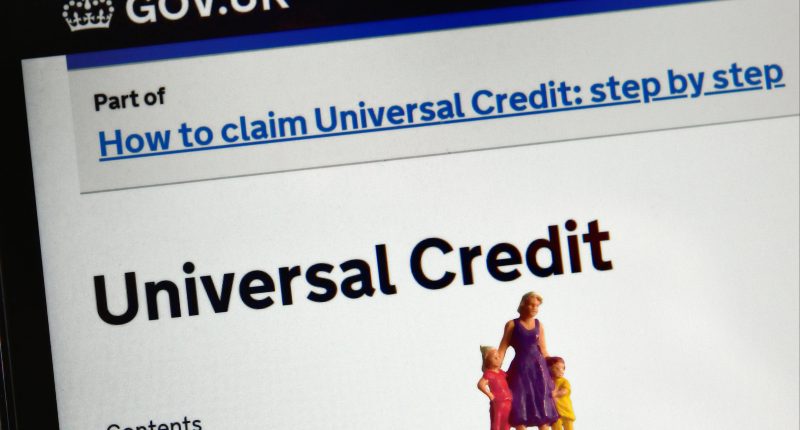TENS of thousands will have their benefits stopped today as part of a huge Universal Credit shake-up.
It comes as the government plans to move all legacy benefit claimants over to Universal Credit by the end of 2024.
Affected households will continue to receive the payments that they are entitled to once they’ve moved over to Universal Credit.
The process began in May last year and came after a successful pilot in July 2019.
Eligible households are being contacted via letters in the post which tell them how to make the move.
For example, Northern Ireland’s Department for Communities is currently writing to 71,000 affected households.
Read more in money
Once you receive a letter, you have three months to move across, or you could lose your existing benefits.
If you fail to do this within the allotted time frame, you could lose your benefit payments.
A number of locations have already received notices and should have moved over to Universal Credit already.
Households on tax credits in the following three regions will be asked to claim Universal Credit this month:
Most read in Money
- Southeast Wales
- Central Scotland
- Northern Ireland
The process will then expand to Southwest Scotland when letters will be posted from November.
Over two million people are still on old-style legacy benefits, but the government plans to move the majority of them onto Universal Credit by the end of 2024.
In most cases, individuals will be better off following a move from legacy benefits to Universal Credit.
But 300,000 could be worse off, and should not move until they are asked to so their payments are protected, or they could lose cash.
Where an individual’s Universal Credit payment is lower than their legacy benefits entitlement, they will usually be entitled to a top-up payment known as Transitional Protection.
This means that their Universal Credit entitlement will be the same as their legacy benefit entitlement at the point they move.
Which other regions have received letters?
The managed migration process first began earlier this year following a successful pilot in Bolton, Cornwall, Harrogate, Harrow, Medway and Northumberland in July 2019.
Households in the following six regions were contacted in April:
Households in the following three regions were contacted in June:
- Greater Manchester
- East Rising
- North Yorkshire
Households in the following five regions were contacted in July:
- Durham
- East Anglia
- Kent
- North London
- Tees Valley
Households in the following four regions were contacted in August:
- Derbyshire
- South London
- Staffordshire
- West Scotland
Households in the following eight regions were contacted in September:
- Cumbria
- Dorset
- East Scotland
- Hampshire
- Isle of Wight
- Lancashire
- Southwest Wales
- Wiltshire
What is Universal Credit?
Universal Credit is a welfare scheme that was designed to combine a number of old “legacy benefits” into a single monthly payment.
Whether you are eligible will depend on your individual circumstances.
You may be eligible if you meet all of the following criteria:
- You’re on a low income or out of work
- You’re 18 or over (there are some exceptions if you’re 16 to 17)
- You’re under State Pension age (or your partner is)
- You and your partner have £16,000 or less in savings between you
- You live in the UK
How much is Universal Credit?
Universal Credit payments are made up of a standard allowance and then various additional payments that depend on your circumstances.
This is how much you will get as your standard allowance each month:
- Single, under 25 – £292.11
- Single, 25 or over – £368.74
- Couple, joint claimants both under 25 – £458.51 (for both)
- Couple, joint claimants, one or both 25 or over – £578.82 (for both)
You may also get additional payments depending on your circumstances.
You may be able to get a top-up if you have children:
- For those with a first child born before April 6, 2017, the extra amount is £315
- For those with a child born on or after April 6, 2017 or second child and subsequent child, the extra amount is £269.58
- For those with a disabled child, the lower rate additional payment is £146.31 and the higher rate is £456.89
If you have a disability you could get an extra amount depending on your circumstances:
- For those deemed to have limited capability for work, the extra amount is £146.31
- For those deemed to have limited capability for work or work-related activity, the extra amount is £390.06
Read More on The Sun
Universal Credit claimants can get an additional amount if they’re caring for a severely disabled person for at least 35 hours a week.
The amount you get is £185.86.









